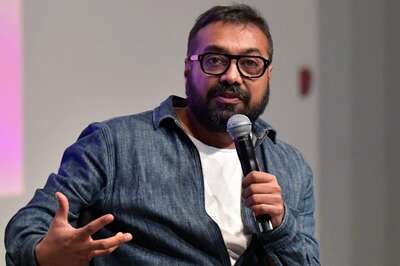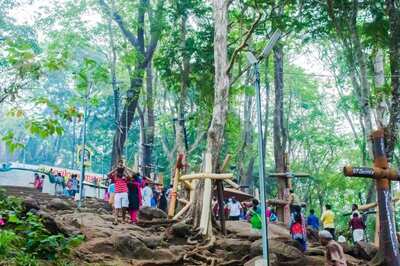
views
A few years ago, Vivan Sundaram, one of India’s leading artists, wanted to set up a Biennale in Delhi. But the Delhi government, under the leadership of Chief Minister Sheila Dikshit, did not show much interest. “I am so happy that there are enlightened people in Kerala,” says Sundaram. “The previous Minister for Culture (M A Baby) not only expressed support, but he sanctioned the money also, so that the Kochi-Muziris Biennale could become a reality. The present government should offer full support. In the end, art unites people.”
At a seminar organised on Monday by the Bienalle organisers, at the Casino Hotel, to highlight the socio-cultural benefits, Sundaram sat in the front row and listened avidly to the speeches, led by Riyas Komu, the director of programmes, as well as senior artist Balan Nambiar, among others.
“It was wonderful to hear all the positive statements,” he says. “There is a belief now, that despite all the problems and controversies, things will fall into place. But I have an apprehension that expectations might get too high. People may expect much more than what can be offered.”
Sundaram says that a huge amount of effort will be required to make the festival a success. There are 40 artists coming from 35 countries. “Paintings on the walls are not the only type of art which will be displayed,” he says. “There will be outdoor installation art, videos, sculptures, and photographs. Many of them will be put in spaces outside the gallery. A lot of expertise will be needed to handle these works. Apart from all that, you would need a regular inflow of funds.”
Nevertheless, Sundaram is very excited by all what he has seen in Kochi. The most remarkable, for him, was the 150-year-old Aspinwall House at Fort Kochi. “There is an exceptional amount of space inside,” he says. “I was fascinated by this when I moved around. It will make a wonderful gallery for the Biennale.” Sundaram was also amazed to see 200 ft long warehouses. “It is impossible in Delhi to get such a large space,” he says, with a smile.
As for Fort Kochi, he loved the wonderful houses and architecture. “It is really remarkable,” he says, “The lovely hotels, galleries and palaces. In December, when the Biennale will take place, the weather will be nice. There will be a tremendous, energetic atmosphere. And there will be extensive national and international media coverage.”
Meanwhile, Sundaram received his own inspiration when he went to the Pattanam site of the Muziris project and interacted with Dr PJ Cherian, the director. There are 4 million discarded pottery pieces in the area. “We have taken what we need for our research,” says Cherian. “The rest is lying here. We decided to preserve it, so that artists, who are interested in terracotta work, can use it. Sundaram told me that he would be using it for his work for the Biennale.”
Says Sundaram: “I will be using the pieces to make an installation art. Plus, I will be making videos also.”
Sundaram studied in MS University in Baroda and later at the Slade School of London. His works include painting, print-making, sculptures, photography and installation art and addresses political problems, popular culture and history, among other subjects.
Art runs in the family. His mother, Indira Sher-Gil, was the sister of the noted artist Amrita Sher-Gill. Asked to define his artistic philosophy, the Delhi-based artist says, “I believe in questioning everything. Everything has been done before, but there are new ways to express it.”




















Comments
0 comment